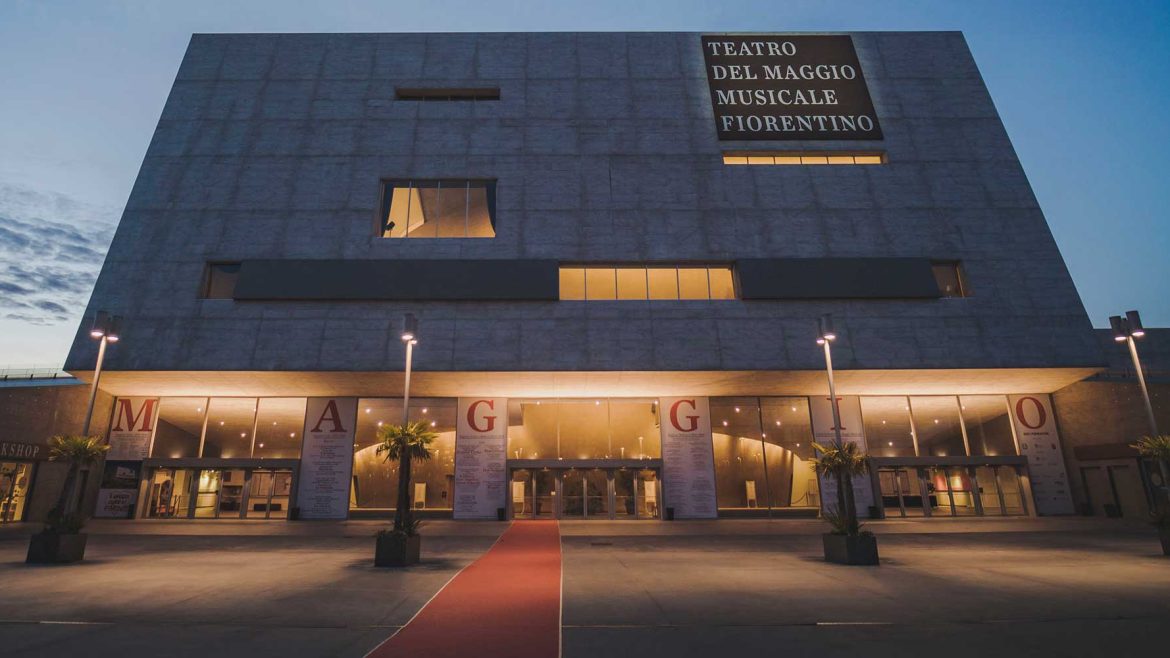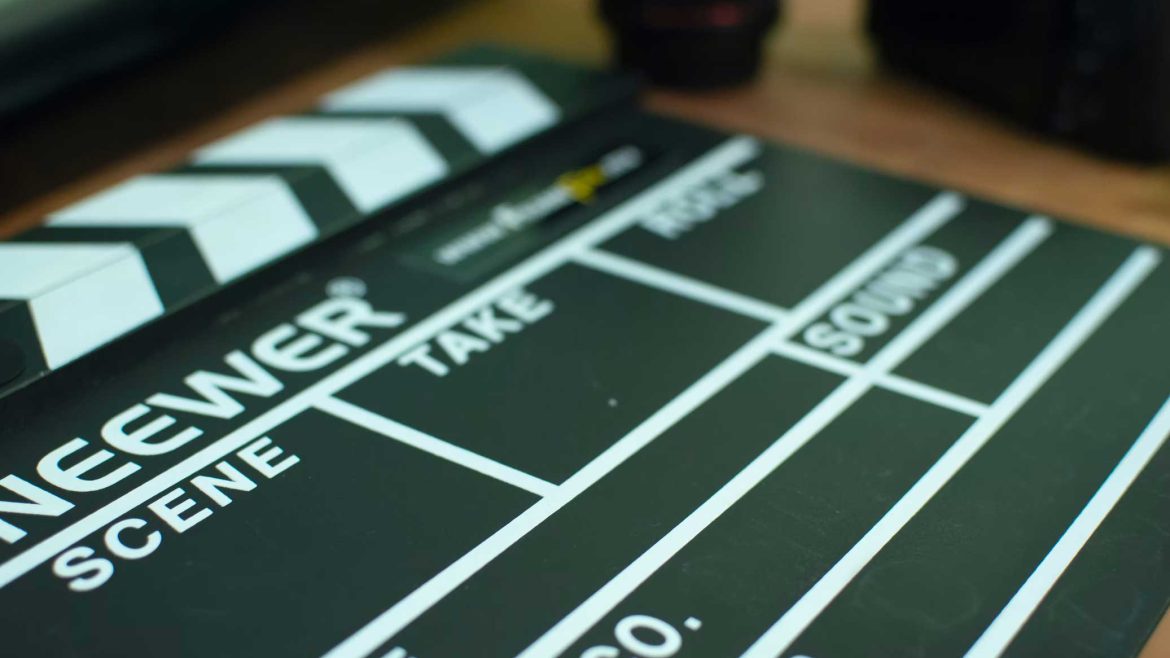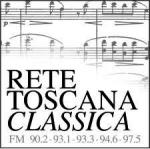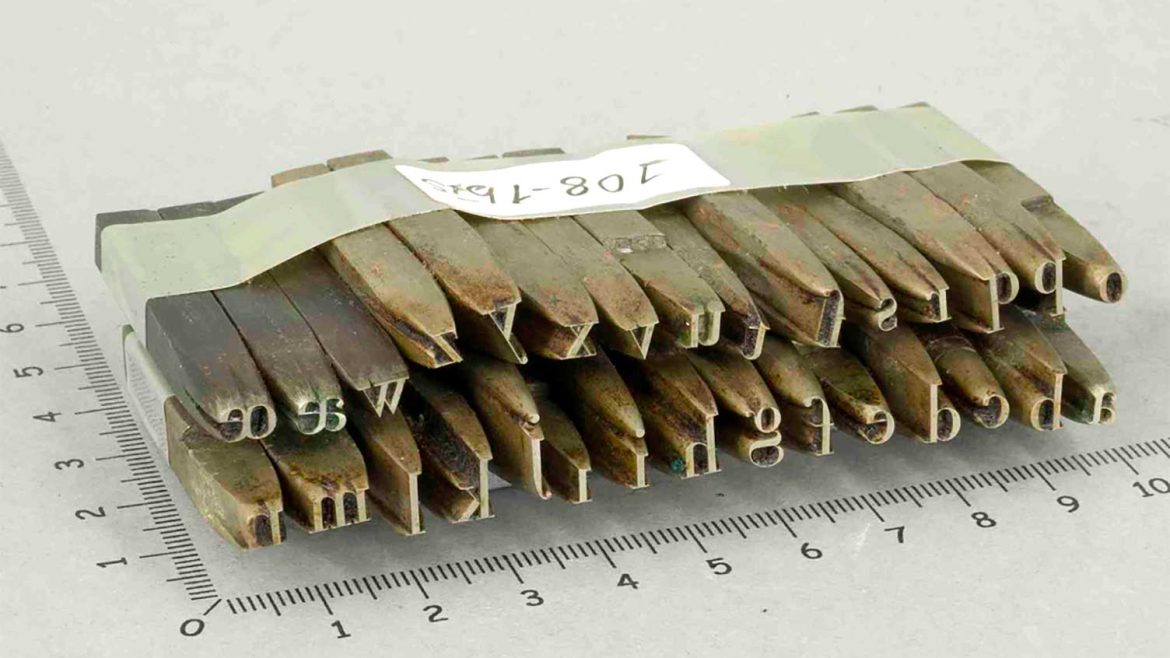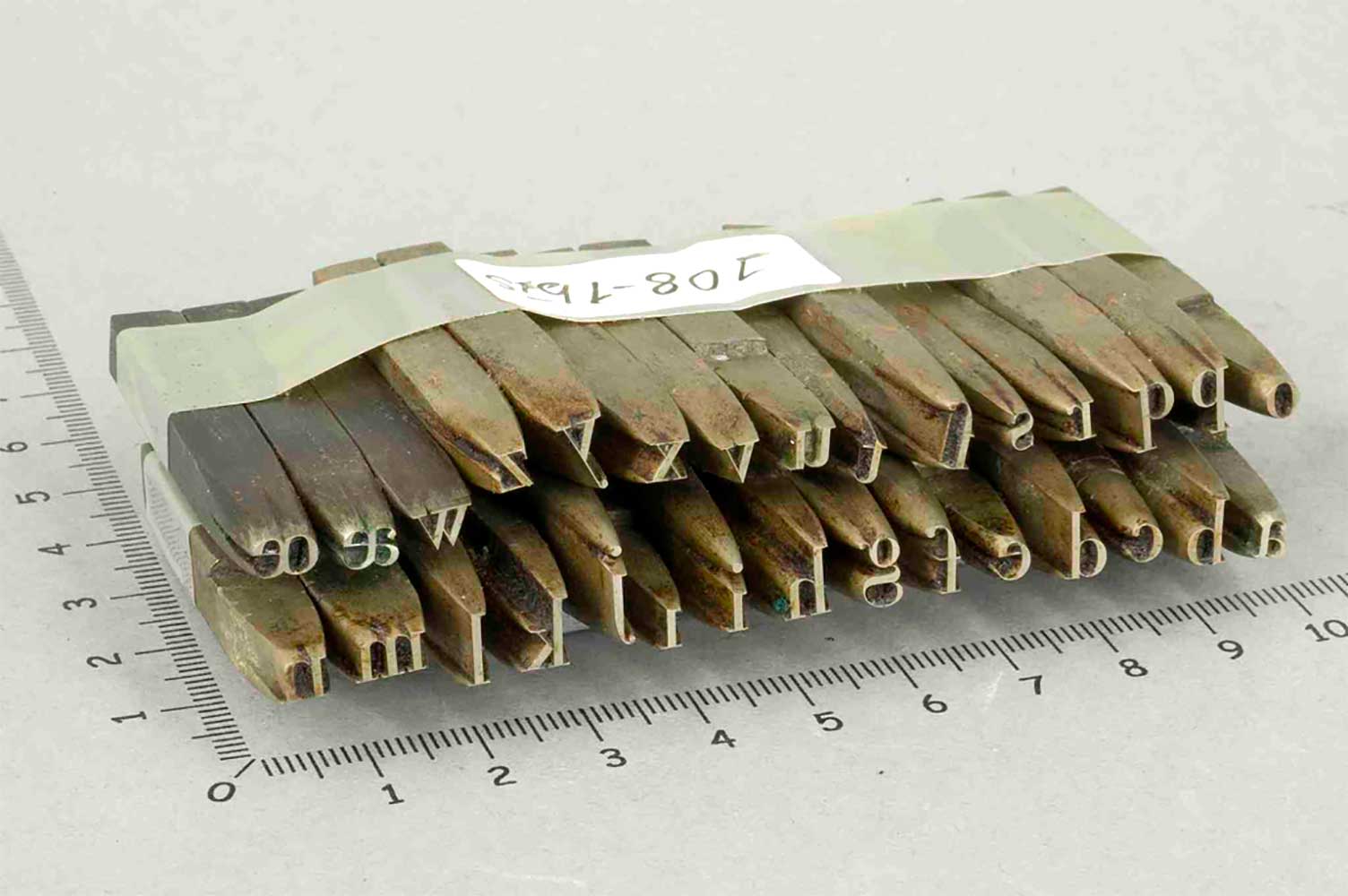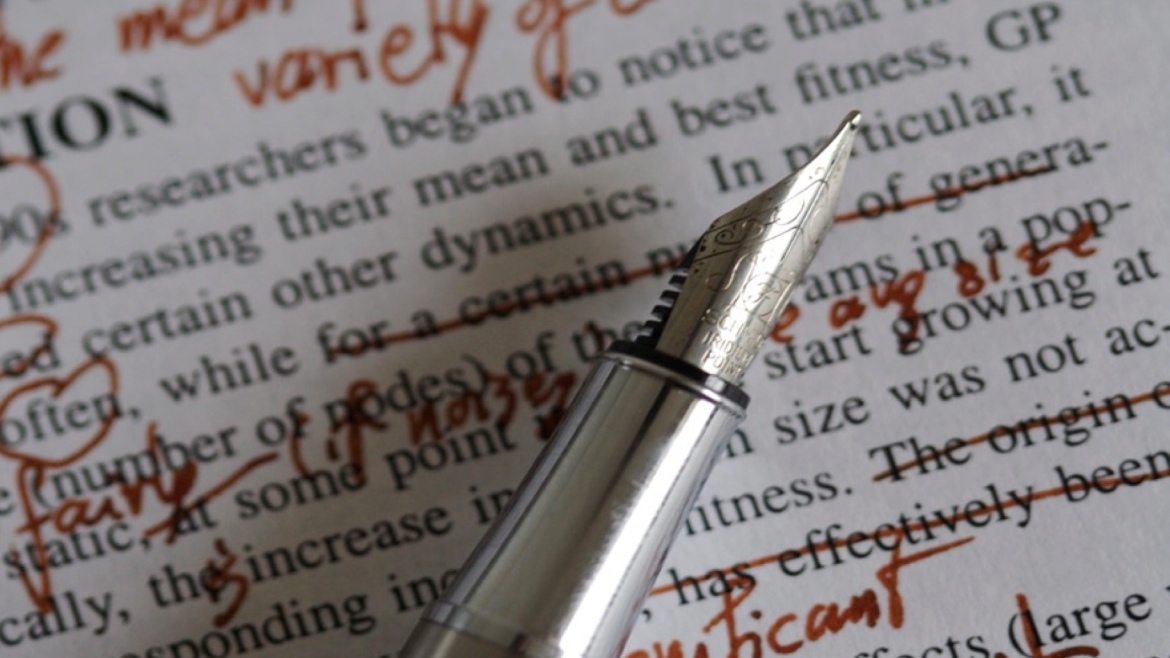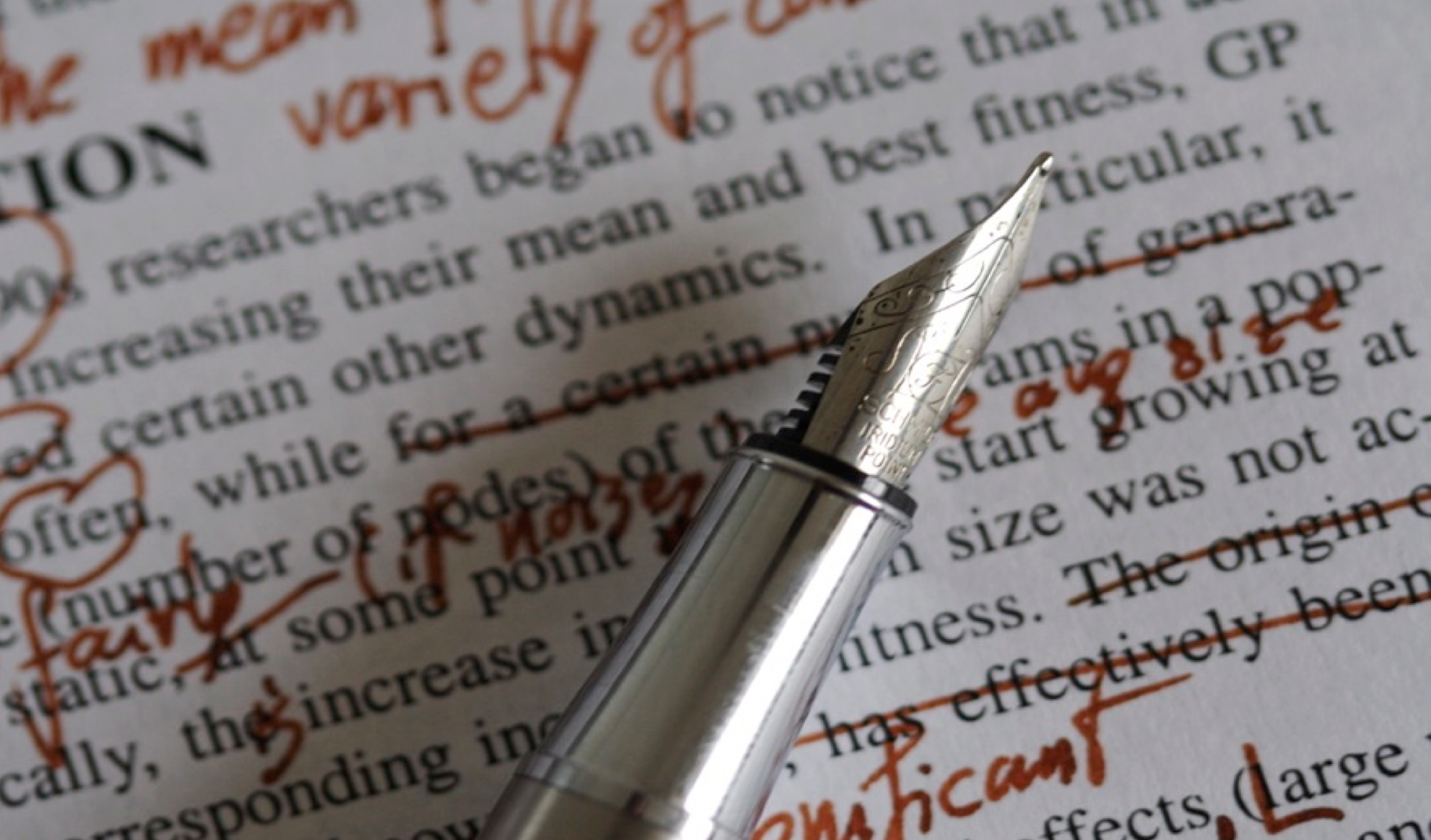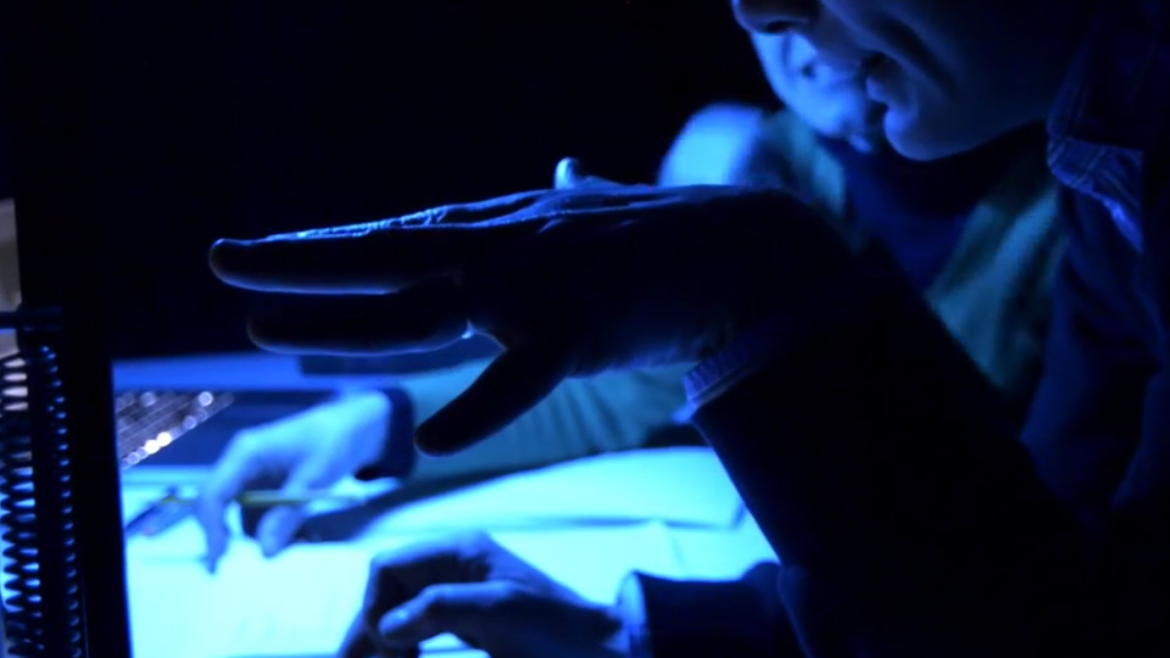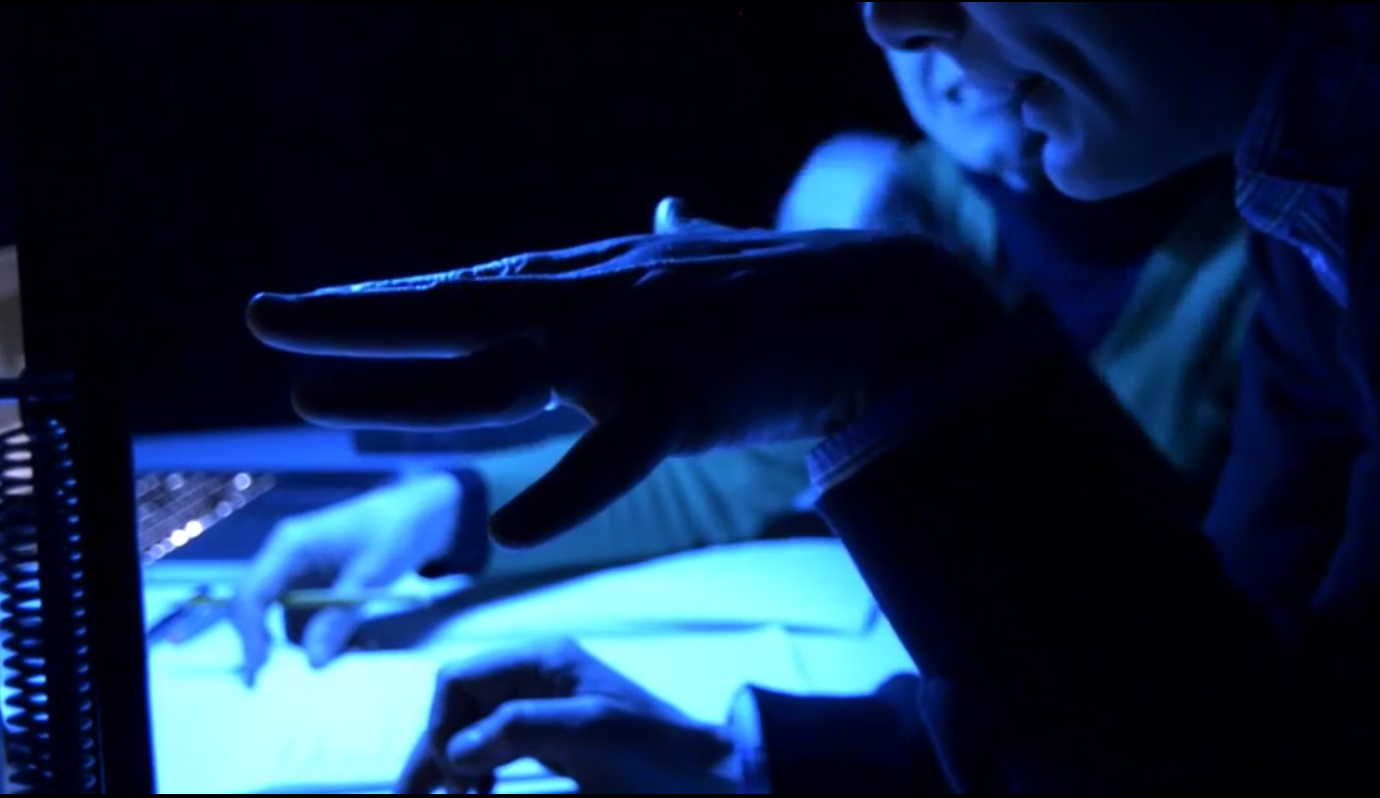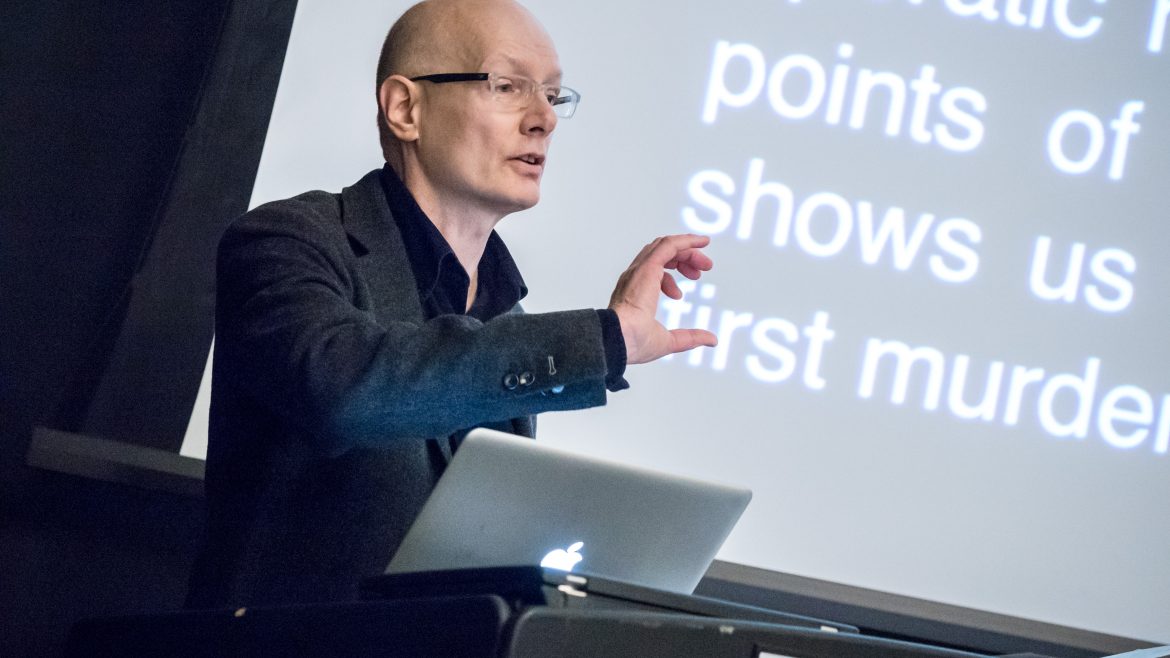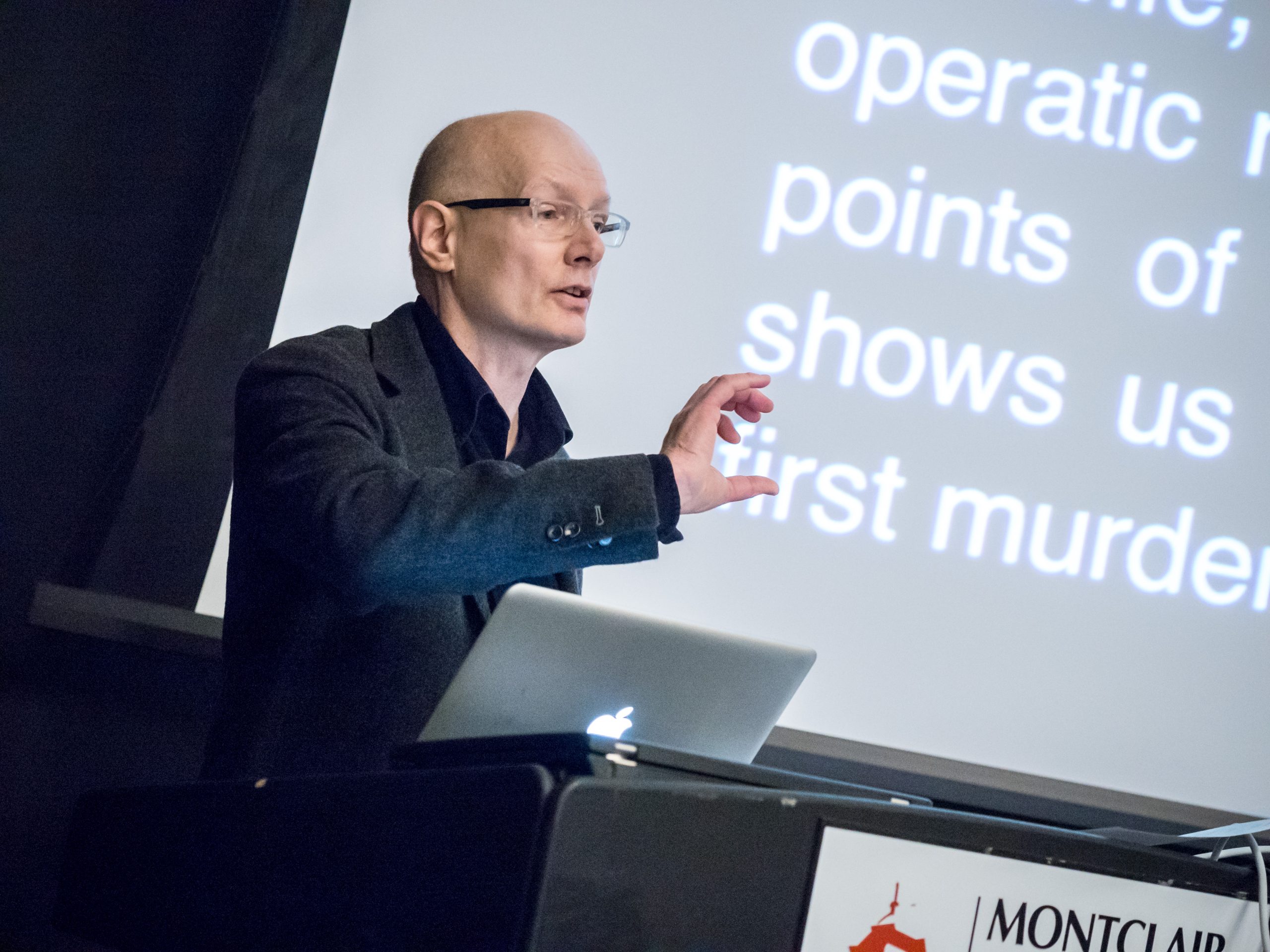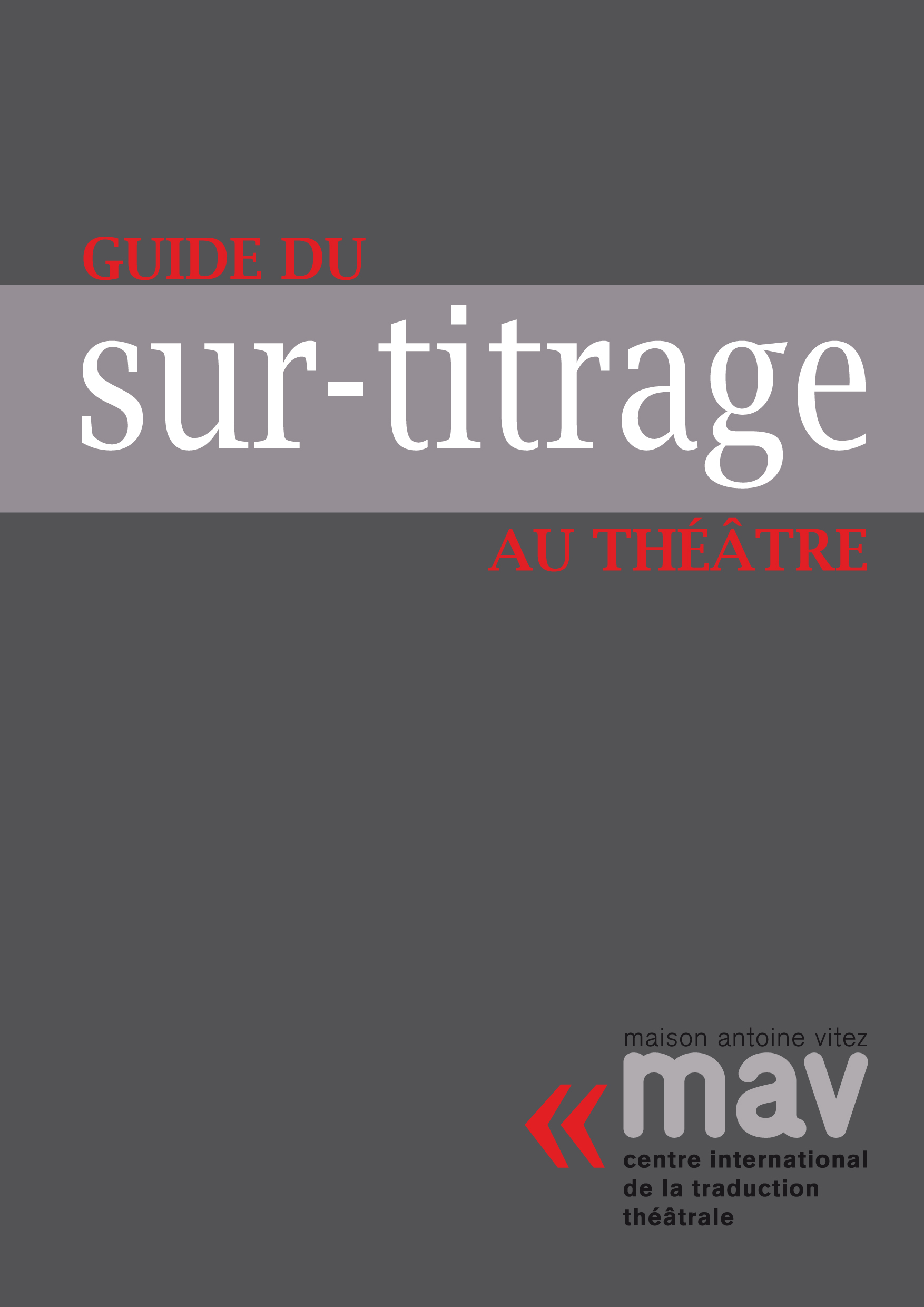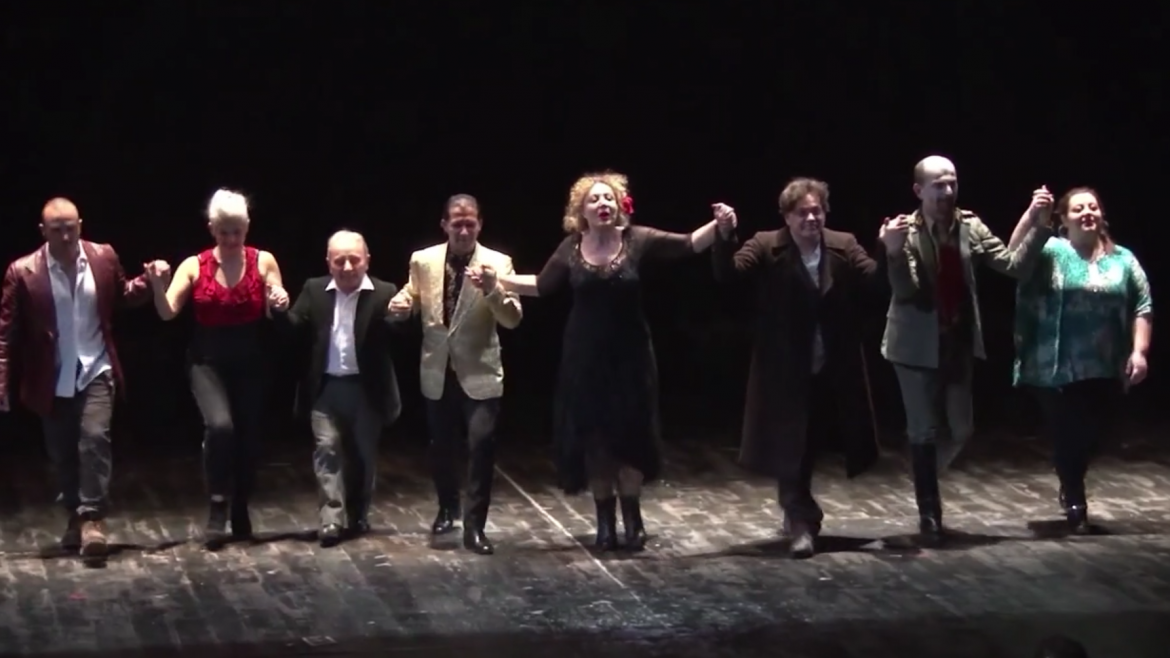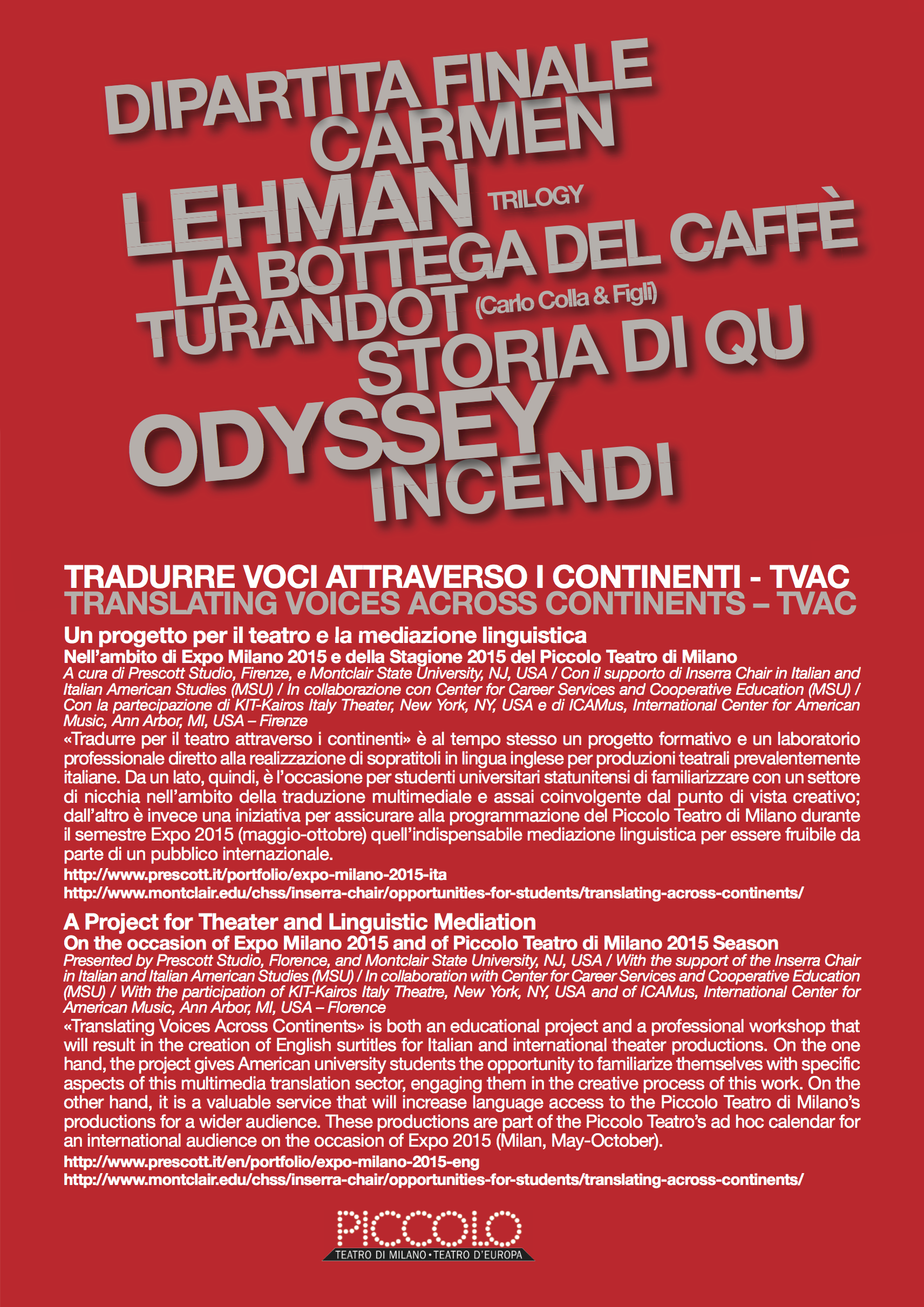EDITING
https://www.prescott.it/wp-content/uploads/2021/11/catalogo-teatro-del-maggio-fiorentino-1024x531.jpg 1024 531 daniela daniela https://secure.gravatar.com/avatar/3c0cb416205e15f976121e8849cb9245?s=96&d=mm&r=gEDU | EDITING
Teatro del Maggio Musicale Fiorentino, Fondazione
Directory of Events [Catalogo delle manifestazioni] 1928-2007
Research project: Aloma Bardi
Data-base: Mauro Conti
Edited by Aloma Bardi, Luca Berni, Mauro Conti
Editorial project: Prescott Studio
First edition
2 volumes, ISBN 8871664388
Printed volume: years 1928-1997 (1,382 pages)
Data-base on cd-rom: years 1928-1997 (6,000 records, 78,000 entries)
Second edition
1 volume, ISBN 8860871700
Printed volume: years 1997-2007 (379 pages)
Data-base on cd-rom: years 1928-2007 (7,496 records, 97,051 entries)
In 1998, the Teatro del Maggio Musicale Fiorentino (the Florence Opera Theatre, founded in 1928) published its complete directory of events: Catalogo delle manifestazioni 1928-1997, 2 vols. (Chronology and Index) and a cd-rom; Aloma Bardi and Mauro Conti, eds., on a research project by Aloma Bardi, editorial project by Prescott Studio, data-base by Mauro Conti, printed by Casa Editrice Le Lettere. The Chronology, comprising the 1st volume, covers all the events of the Theatre; its extensive introductory section deals with methodological and historical contents. It has been the first catalog of a prominent theatre featuring a complete index of names and titles, which includes the 2nd printed volume. The data-base created by Mauro Conti was made available in electronic format. Through the years, the Directory, in its dual form, has proven a valuable research tool on an international level for scholars and people interested in the history of the Florence Opera Theatre. It is instrumental for the Theatre itself, to the preservation of its memory and the planning of its future seasons.
After 10 years, the second edition of the Catalogo delle manifestazioni del Teatro del Maggio Musicale Fiorentino was published in 2008: Aloma Bardi, Luca Berni, Mauro Conti, eds.; once again on an editorial project by Prescott Studio. Again in dual form (printed and on cd-rom), the Directory features a first printed volume of updates (years 1997-2007) and, in electronic format, the complete data-base created by Mauro Conti, which covers all the Theatre’s productions over the 1928-2007 time period, beginning from the establishment of the Stabile Orchestrale Fiorentina in 1928. The cd-rom is now both Macintosh (Mac) and Windows (Win) compatible.
This second edition of the Directory is much more than an update. It is a complete and detailed revision based on extensive research, and includes new entries, such as information on premières. Integrations and expansions have been made possible by the Directory’s flexible structure that enables new future updates, as well as its constant growth along with the Florence Opera Theatre experience.

